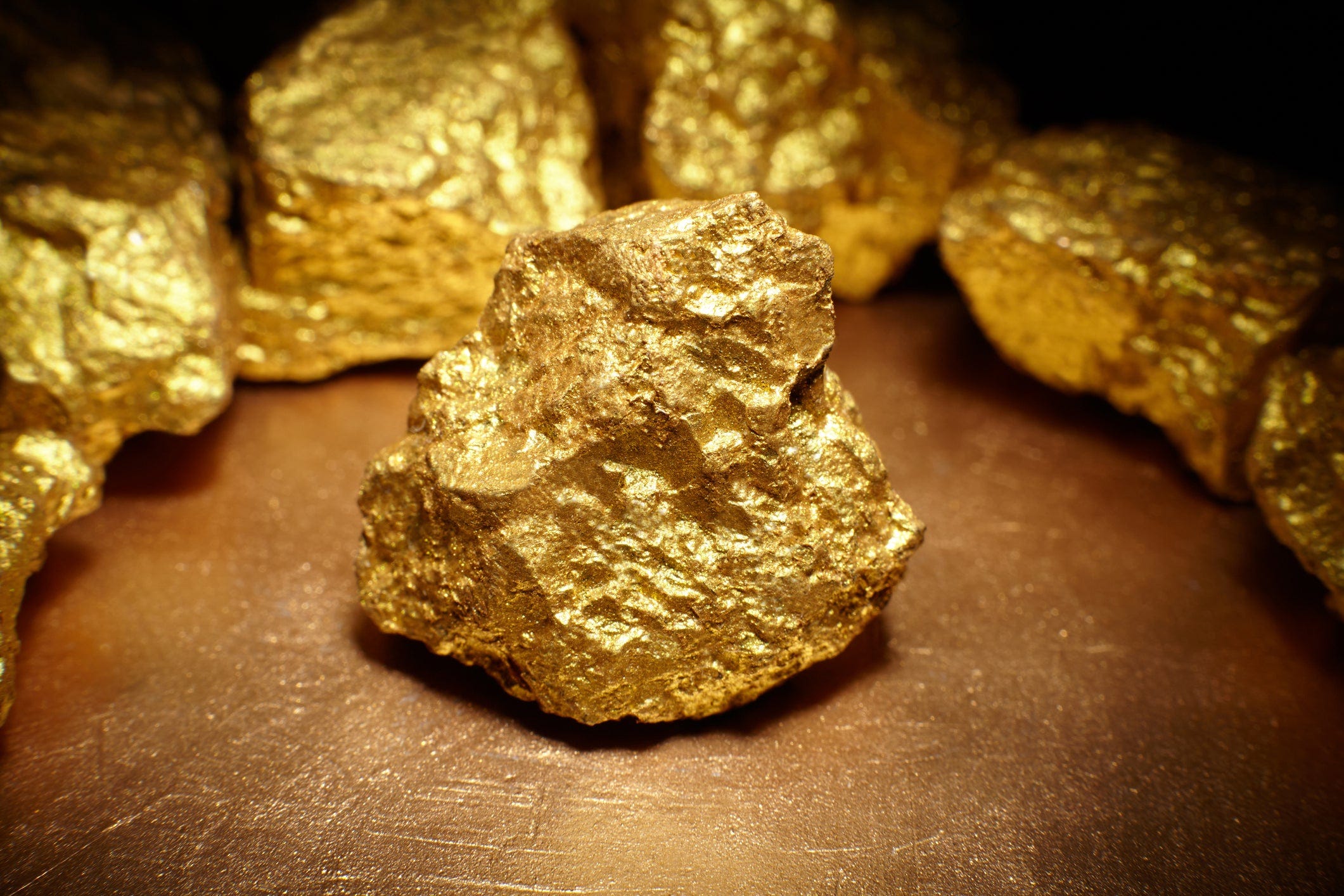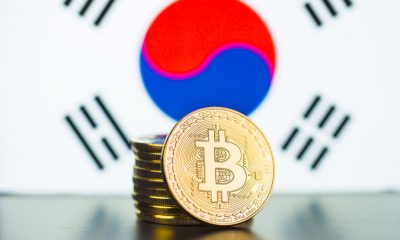BUSINESS NEWS
COVID crisis creates golden opportunity for precious metal
Brent Schrotenboer
USA TODAYPublished 8:18 PM EDT Aug 28, 2020Somebody stole a very pricey potty last year from the restroom of a palace in England.But the police still don’t know who did it and have been trying to find out ever since. “The toilet is still missing,” a Thames Valley Police spokesman confirmed to USA TODAY Aug. 21.Since going missing last September, the toilet’s value has boomed to around $5 million, up by about one-third, all because it was made of something that has seduced mankind for centuries and recently surged to more than $2,000 per ounce for the first time ever.Gold.Instead of porcelain, the toilet – a modern art piece – was made of this seemingly magic metal, an element that has been in demand like never before, driven by the ongoing economic uncertainty of the COVID-19 pandemic. For example:►Exchange-traded funds that track gold pulled in a record net inflow of about $50 billion this year through July, according to the World Gold Council.►The U.S. Mint has sold almost four times as many ounces of American Eagle gold coins this year than all of last year, up to 589,500.►Even legendary investor Warren Buffett, who once mocked gold as an investment, now has a $564 million stake in a gold-mining company through his own company, Berkshire Hathaway, according to regulatory filings on Aug. 14.This is the same Buffett who said in 1998 that gold “gets dug out of the ground” and “has no utility.”Buffett had a point. At its essence, gold is just a rock from the dirt. But this is what happens when the central bank of the U.S. “prints” money out of nothing and the future value of the dollar seems dicey: People flock to gold as a perceived safe haven for investment.The bigger historical and psychological question is why. What is it about gold that makes it intrinsically valuable? Why do humans value gold more than other items, such as certain seashells, bitcoin or currency from the video game Candy Crush?A big part of the answer in times like this is that gold is a “real” asset, meaning physical and tangible, unlike electronic money. It’s also virtually indestructible, unlike paper money. All gold that ever existed theoretically still exists, even though it’s also rare enough to all fit in a cube measuring about 90 feet per side, according to the World Gold Council, a market development organization for the gold industry.”I don’t have a lot of faith and confidence in the U.S. dollar,” said Kevin Mohler, an investor in Alabama who recently bought about $10,000 in coins. “But when it comes to gold and silver, it has a worldwide value that can be exchanged for other currencies. And I see it doing nothing but getting stronger.”Mohler, 33, said the disclosure by Buffett’s company was a “buying signal” for him considering Buffett’s previous stance on gold. He said the rising national debt of more than $26 trillion increased his concerns about the dollar and led him to buy more.“The allure of gold is twofold,” said H.W. Brands, a history professor at the University of Texas.One reason, he said, is that gold “is impossible for humans to manufacture, and therefore is free from hyperinflation worries.”’It is pretty’The other big reason is its longtime luster. “It is pretty,” said Brands, author of the “The Age of Gold,” a book about the worldwide rush to California after gold was discovered there in 1848.Brands said the first reason leads to rational investment in gold, when some investors are worried about price inflation and the growing national debt. He said the second reason leads to irrational investment at times when “the world seems a strange and disconcerting place, as it does now.”“It’s important to remember that gold has no intrinsic value beyond dental fillings,” Brands wrote in an e-mail to USA TODAY. “By the same token, (technology company) Apple is not intrinsically worth $2 trillion. But investors have priced it that way, because they think they can sell it for more. Same applies to gold.”An episode of the Twilight Zone delivered a similar lesson in 1961.Clutter in the houseIn the episode, thieves stole gold bricks from a train and then planned to avoid getting caught by sleeping with it for 100 years in suspended animation. After the men woke up 100 years later, the gold became a burden for them in the hot desert until the group dwindled to one man desperate for water.The man then encounters a stranger and offers him his last gold bar in exchange for help saving his life. But the man dies seconds later, leading the stranger to express surprise to his wife about how the man had offered him gold “as if it were worth something.”“Well, it was worth something once, wasn’t it?” the wife asked. “Didn’t people use gold as money?”“Sure, 100 years ago, before they found a way to manufacture it,” the man said in the radio version of the episode. “I’ll keep it as a souvenir, worth a couple cents anyway.”“I don’t want any more clutter in the house,” the wife responds. “Please George, let me toss it.”Despite that prediction, gold is still mined and not manufactured, giving it a mystique that makes it much different than paper or electronic dollars.That’s because dollars are, in effect, created by the nation’s central bank, the U.S. Federal Reserve, which has created money out of thin air during recent economic crises, as it has this year through trillions in asset purchases. Though the value of the dollar once was based on a fixed amount of gold, the U.S. completely abandoned the gold standard in 1971 and now issues fiat currency backed by the government. The Fed therefore can “make” money from nothing with a few taps on the computer and does this to purchase previously issued U.S. debt through the trading desk of the Federal Reserve Bank of New York.In April, Bank of America even issued a report that said, unlike with dollars, “the Fed can’t print gold.” It then raised its 18-month target price for gold to $3,000.“We felt the COVID crisis was leading to such a large increase in central bank balance sheets, such a large expansion of monetary policy, coupled with an enormous fiscal expansion, that the value of currencies, not just the dollar, would be hit pretty meaningfully,” Bank of America commodity research analyst Francisco Blanch explained on a call with clients July 30.In a twist of monetary irony, the basement of the New York Federal Reserve also is home to the world’s largest known depository of monetary gold: nearly 500,000 gold bars as of last year, stored for account holders 80 feet below street level in an airtight vault on the bedrock of Manhattan Island, according to its website.The gold storage and money creation functions of the New York Fed are not related, except indirectly when such money creation and rising national debt stoke fears that the purchasing power of the dollar will be diluted by the expanded money supply. Those fears, in turn, lead investors to seek the perceived safety of gold, increasing the value of an element that apparently came from outer space. It still is being taken out of the Earth after possibly being created millions of years ago in a collision of stars, according to scientific findings in 2017.Mining for moneyThe U.S. Geological Survey estimates there are still 50,000 metric tons of gold underground around the world. An estimated 197,576 metric tons of gold have been mined throughout history, of which around two-thirds has been mined since 1950, according to data from the World Gold Council. In the U.S. last year, mines produced about 200 metric tons, worth about $9 billion, much of it coming from Alaska and Nevada, according to the USGS.Such mining is not much different in concept than how bitcoin, the cryptocurrency, is “mined” through computer power, or how Candy Crush tokens are earned in a video game. In the end, something coveted and fairly rare is obtained through skill and work.“What the makers of Candy Crush weren’t smart enough to realize is you should be able to use those (virtual) coins elsewhere to buy stuff,” said Richard Bernstein, founder of Richard Bernstein Advisors in New York and former chief investment strategist at Merrill Lynch. “But they kept it within the game. So what do you do with bitcoin? Well, you have to have these computers to `mine’ them (electronically), but what are they doing? They are effectively playing a giant mathematical game, and if you solve the game, you get bitcoins. So what’s the difference?”The difference with gold in this case that it’s physical and not virtual. Likewise, physical art has value that rises and falls with supply and demand. Silver, another precious metal, also holds value like gold, just to a much lesser extent in part because of its more bountiful supply.Hundreds of years ago, colonists even used wampum as currency – shell beads made by Native Americans.What’s the difference in intrinsic value between wampum and gold?Bernstein previously asked this question to students at New York University.“The reality is there is no difference,” Bernstein said. “It’s a real asset that gets this romantic value.”Another gold coin investor, Robert Parkerson of Texas, noted that if you put an ounce of gold in a jar and buried it in 1935, it would have been worth about $35 then and $2,000 this month. By comparison, $35 in cash then would be worth about $670 now adjusted for inflation.Unlike stock and bonds, gold itself doesn’t pay dividends or interest. Yet when interest rates are low, as they are now, it can look attractive as an investment by comparison, especially if investors expect inflation to rise faster than interest rates.This helps make gold a rational part of a diversified portfolio. It also does have some utility, despite the previous comments from Buffett, whose company didn’t return a message seeking comment. Gold is ductile and can conduct electricity, for example. People also wear it in the form of watches, rings and necklaces.“It’s an inert metal,” said Michael Fuljenz, president of Universal Coin & Bullion, a precious metals company in Texas. “It doesn’t rust. It doesn’t corrode. It’s got a lot of uses, and it’s something people have always desired since before Christ.”It’s also malleable, meaning it can be reshaped into all sorts of things, even including toilets. The downside of that for police in England is that the stolen item might be gone forever, melted back into bullion to take advantage of the hot market. Nobody has been charged with the crime.“The investigation is still active,” police said.Follow reporter Brent Schrotenboer @Schrotenboer. E-mail: bschrotenb@usatoday.com
Source link













